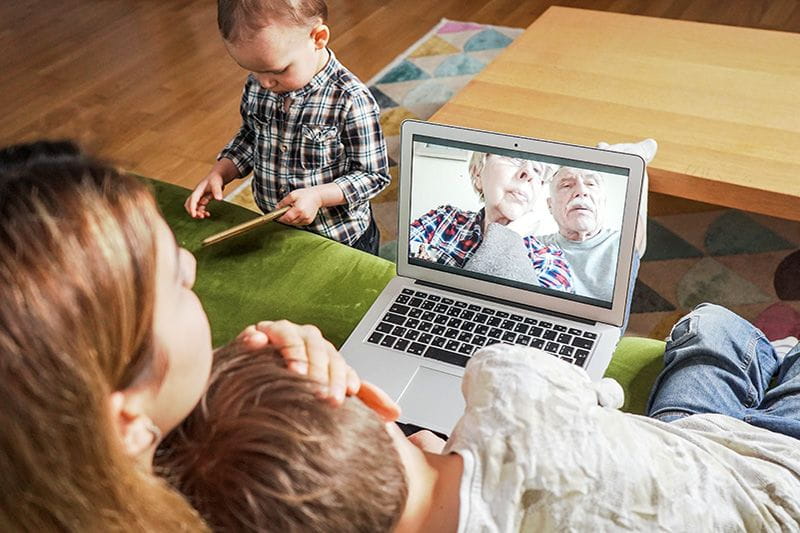The following post comes from Bright Horizons Marketing Manager, Sean McCarthy.
“Caregivers…are a health care crisis in the making.”
That from a New York Times article on caregiving.
The speaker was one of the millions of people in this country struggling to take care of families while managing full-time jobs. And the picture’s pretty bleak. Many are dialing back careers because of the responsibilities. Others are leaving the workplace altogether. And the personal and economic costs are mounting -- $28.9 billion in annual lost wages alone.
Harvard Business School recently called caregiving (of children, adults, and elders) a crisis for employers. Yet many, says the report, don’t “realize the extent to which caregiving affects employee performance.”
For employers on the sidelines asking how – or if – they should help, here are five things they need to know.
It crosses generations: It’s tempting to write off caregiving as just infants or elders. But there’s lots in between, including adult-age dependents, school-age children, and spouses. Put it all together, and you have a costly issue that hits your organization up and down the chain, from entry level to leader.
Women are especially impacted: AARP says nearly 2/3 of caregivers are women, tossing yet another roadblock at the economic mandate to bring more women to work. And that’s just the first of a one-two punch. “By knocking many women in their prime earning years,” wrote the New York Times, “the growing strain from care is weighing down the American economy.”
It can’t be solved by leave of absence alone: Sure, leave gets all the press. But FMLA and family leave merely free people for acute-care phases. What happens when they return to work and they’re caring for families without a net? “Work-life conflict,” wrote a New York Times author reminding employers that child care challenges exist during the school-age years, too “doesn’t stop after maternity leave.”
It’s not an all-or-nothing proposition: It’s true that the cost of caregiving over a lifetime can reach well into six figures. But that doesn’t mean it’s too big for employers to make a dent. Subsidized care days and reservations centers that do the booking ease the burden today. Care coaches, at-home assessments, and legal advice help people make wise and financially sound decisions down the road. All make a huge difference. And your people will appreciate them.
Finally, it’s more than a money problem: The real threat of caregiving is that it exists under the radar, with people reluctant to broadcast responsibilities for fear of harming their careers. And that sets up a chain reaction of disengagement, compromised performances, and turnover – all before management even knows there’s a problem. That makes it a culture problem as much as a care problem – one that needs attention from the top (via clear supportive policy around things like flexibility) to address.
“By not offering benefits that employees actually want—and by not encouraging employees to use the benefits they do offer—companies incur millions of dollars of hidden costs,” wrote Harvard Business School.
“Companies can and must do better—for themselves as well as their employees.”





